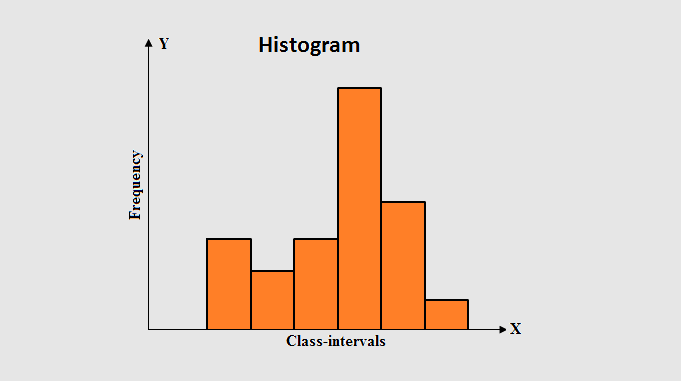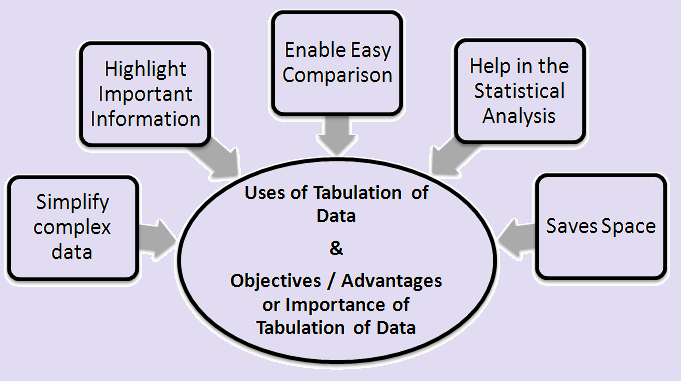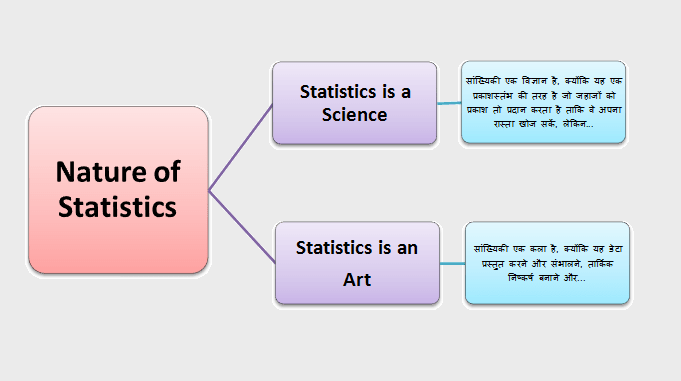
Collection of Data in Statistics:
After planning the statistical investigation, the next step is the collection of data. The collection of data is the first step in any inquiry (investigation) and for every study and research. Data collection is an important process, data is the basis for research and its success or failure depends entirely on the data.
Definition of Collection of Data:
Collecting Information for some relevant purpose & placed in relation to each other is called Data Collection.
Collection of Data means the methods that are to be employed for obtaining the required information from the units under investigation.
The process of acquiring and measuring information on targeted variables (variables of interest) in a systematic manner is known as data collection.
Data Collection allows you to answer specific research questions, test hypotheses, and assess results.
It is also important to have the adequacy and accuracy of the data so that correct conclusion can be drawn from them. Therefore, it will not be unnecessary to say that while collecting the data, utmost care, caution, perseverance, trust, fairness and patience should be taken so that the raw material collected in the form of data does not become impure and unreliable. Remember, there is always the potential for misleading conclusions to be drawn from unreliable and inaccurate data.
For the entire population or for a sample only, data can be collected. It is collected usually by sampling.
Data collection is a difficult task. The enumerator, also known as an investigator, is a well-trained person who collects statistical data. The respondents are the individuals from whom the data is collected. Data is available from three important sources, namely:
♦ Primary Sources –
Primary sources contain raw data as well as first-hand evidence. Direct personal interviews, indirect oral investigations, questionnaires, telephonic interviews, etc. are the primary sources for data collection.
♦ Secondary Source –
Secondary sources contain information and opinions given by other researchers. Government & Semi-government publications, Census of India, etc. are the secondary sources for data collection.
♦ Internal Records –
Internal records are information about a company collected within the company. Accounting records such as employee earnings from a payroll, sales numbers from a sales journal, and the amount of raw materials, etc., are the internal records for data collection.
We can either have primary data or secondary data or internal data depending on the source.
Read Also: Types, Sources & Methods of Data Collection: Primary Data, Secondary Data, Internal Data
(Source – Various books from the college library)
Copyrighted Material © 2019 - 2024 Prinsli.com - All rights reserved
All content on this website is copyrighted. It is prohibited to copy, publish or distribute the content and images of this website through any website, book, newspaper, software, videos, YouTube Channel or any other medium without written permission. You are not authorized to alter, obscure or remove any proprietary information, copyright or logo from this Website in any way. If any of these rules are violated, it will be strongly protested and legal action will be taken.




Be the first to comment